The James Webb Space Telescope has observed glowing auroras on Jupiter like never before.
Scientists pointed the James Webb Space Telescope (JWST) at Jupiter on Dec. 25, 2023 and captured auroras adorning the gas giant's north pole. Like the northern lights on Earth, Jupiter's auroras are created when high-energy particles blown from the sun — via its solar wind — reach the planet's upper atmosphere and get funneled toward its poles by the planet's magnetic field.
However, when it comes to Jupiter, this world's auroras have another way of forming, too. According to a JWST team statement, particles ejected from volcanoes on the gas giant's hellish moon Io can undergo that same process. Jupiter's auroras have another key difference than those on our planet, too: they glow hundreds of times brighter than Earth's.
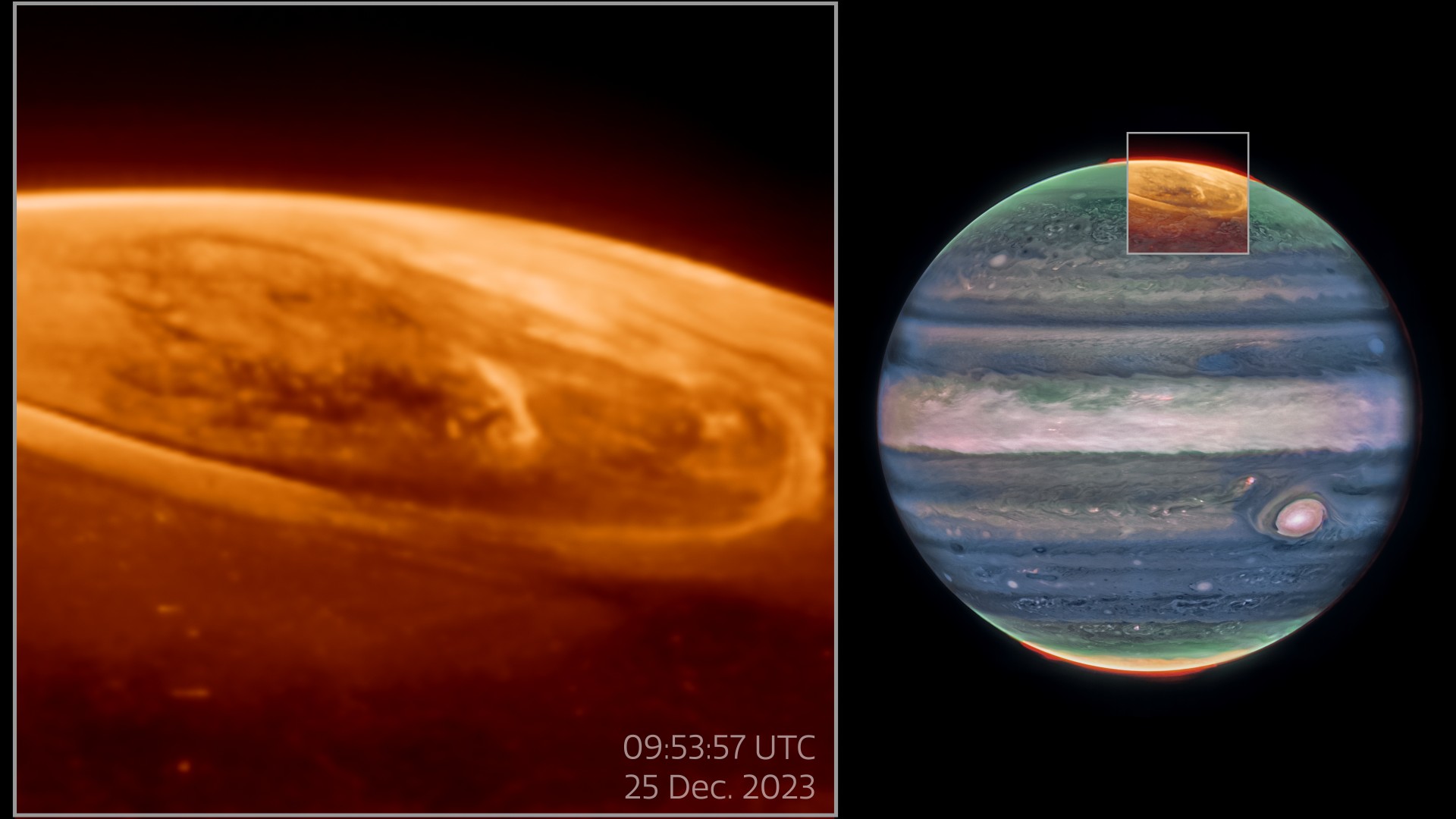
As scientists gathered data about these auroras on Christmas Day 2023, they were stunned by how dynamic and intense they were.
"What a Christmas present it was — it just blew me away!" the University of Leicester's Jonathan Nichols, who specializes in studying planetary auroras and is lead author on a new study of Jupiter's auroras, said in the statement.
"We wanted to see how quickly the auroras change, expecting them to fade in and out ponderously, perhaps over a quarter of an hour or so. Instead, we observed the whole auroral region fizzing and popping with light, sometimes varying by the second."
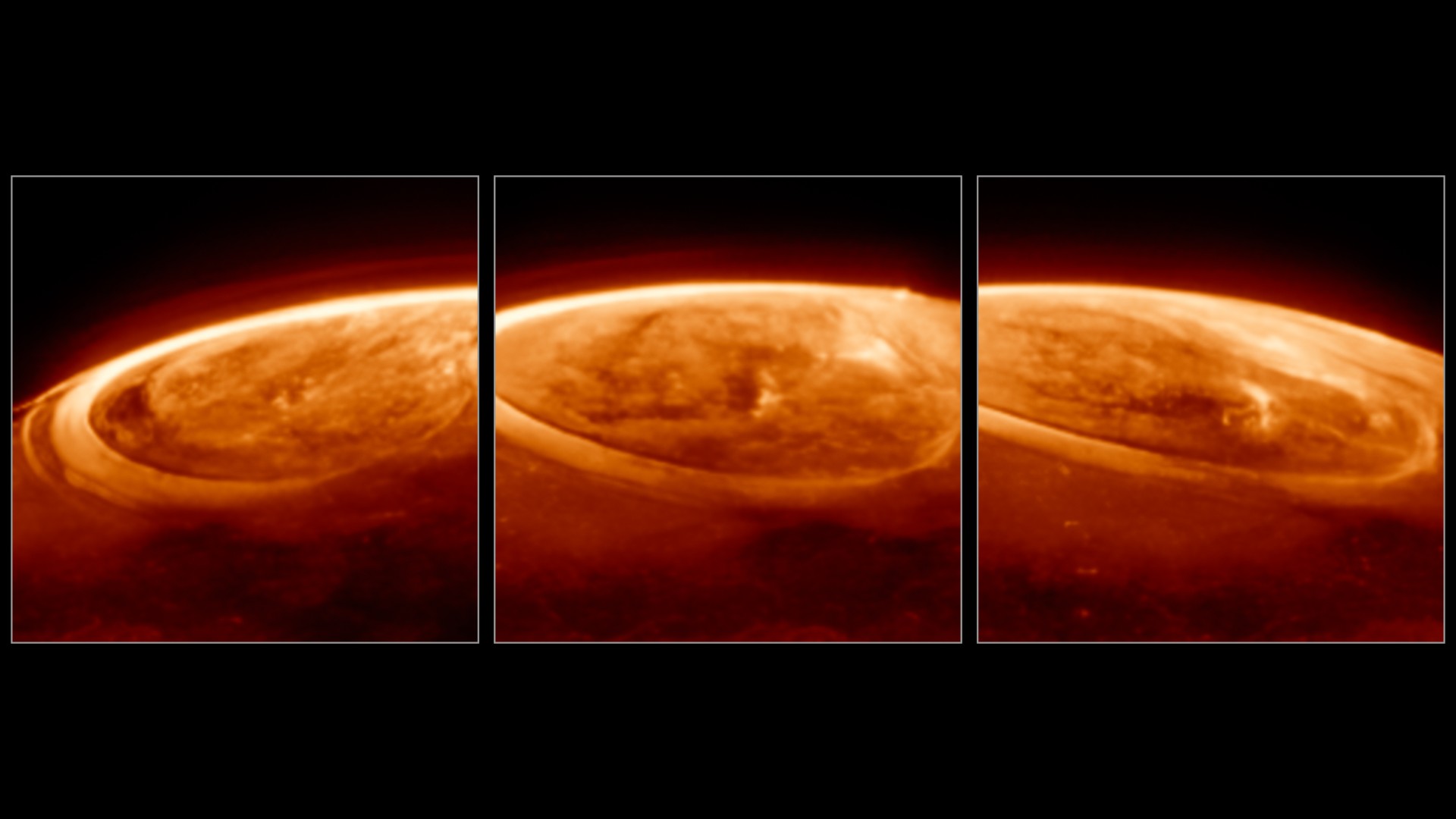
Using both the JWST's NIRCam (Near-Infrared Camera) instrument and ultraviolet sensors on the Hubble Telescope, Nichols and his team were able to capture new details in Jupiter's crackling auroras.
What they saw was surprising.
"Bizarrely, the brightest light observed by Webb had no real counterpart in Hubble's pictures. This has left us scratching our heads," Nichols said in the statement.
"In order to cause the combination of brightness seen by both Webb and Hubble, we need to have a combination of high quantities of very low-energy particles hitting the atmosphere, which was previously thought to be impossible. We still don't understand how this happens."
The James Webb Space Telescope previously captured Jupiter's auroras in 2022, watching them glow at high altitudes at the gas giant's poles. The images also showed faint rings around Jupiter and two of its smaller moons, Amalthea and Adrastea.
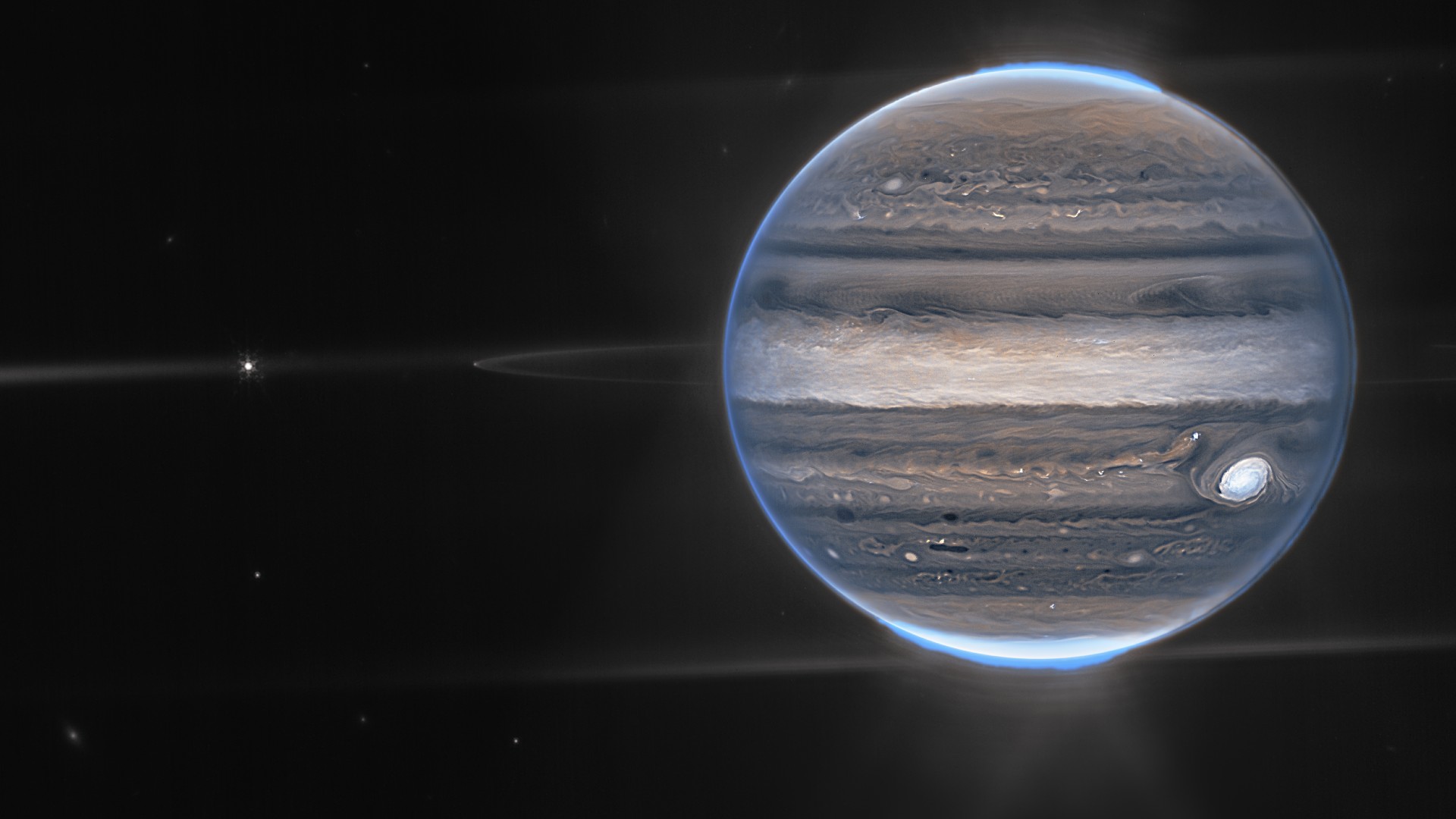
Nichols and his fellow researchers plan to continue studying this phenomenon using both Hubble and the JWST to try and better understand how the suspected combination of particles might be reaching Jupiter's atmosphere. The insights gained could reveal new details about Jupiter's magnetosphere, the region of space around the planet affected by its magnetic field.
A new study of Jupiter's auroras was published May 12 in the journal Nature Communications.
.png)
 German (DE)
German (DE)  English (US)
English (US)  Spanish (ES)
Spanish (ES)  French (FR)
French (FR)  Hindi (IN)
Hindi (IN)  Italian (IT)
Italian (IT)  Russian (RU)
Russian (RU) 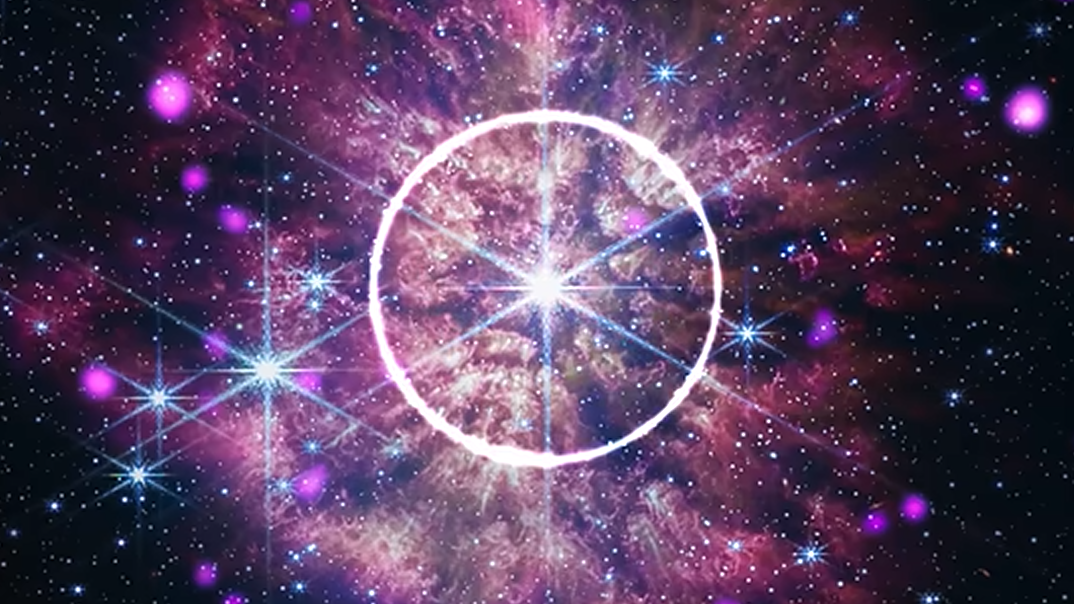
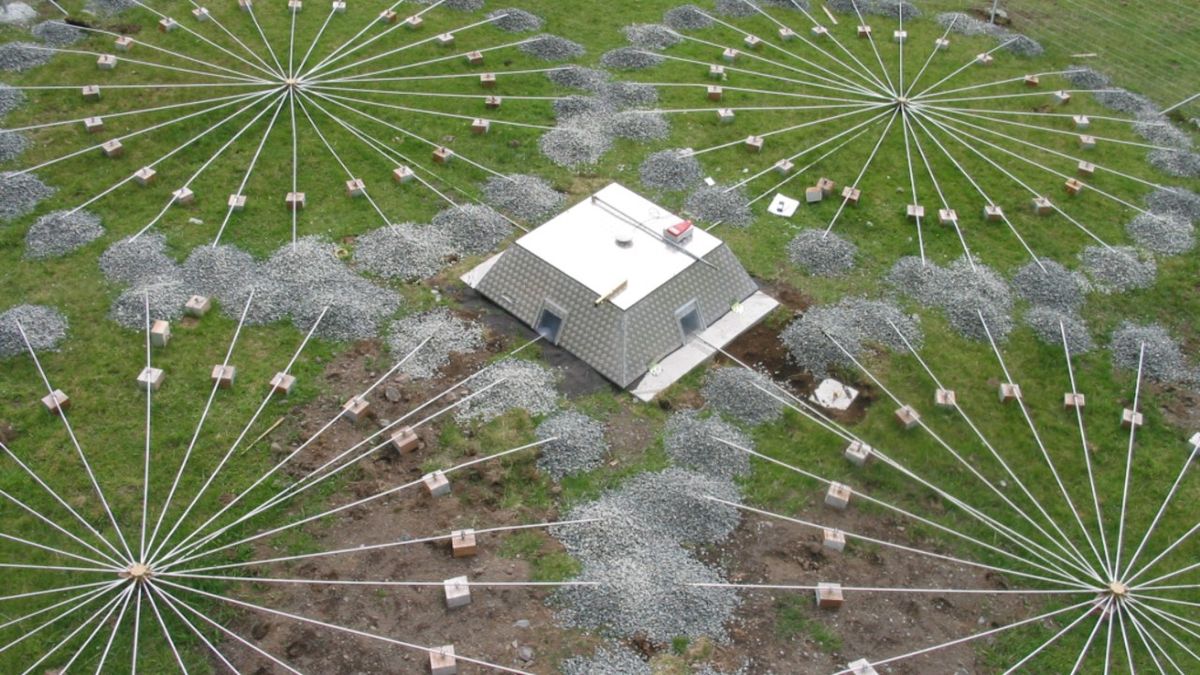
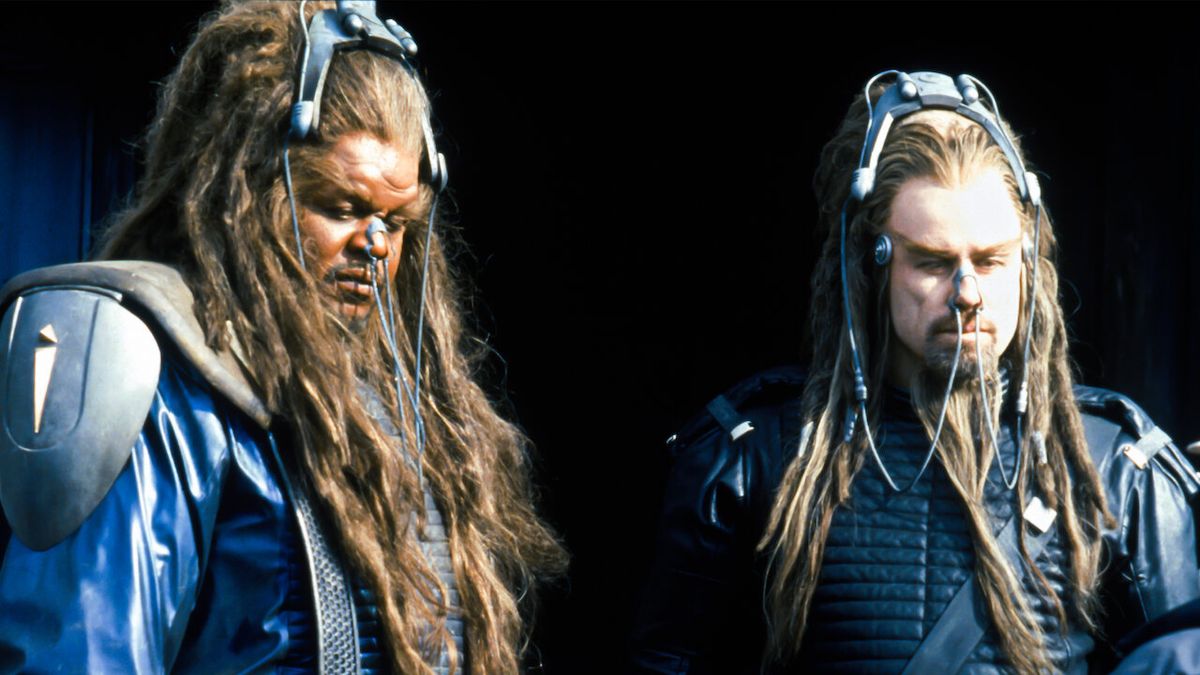






Comments